Renault will introduce a new generation of electric cars from 2028. It is promising significant improvements in efficiency, charging, sustainability and functionality.
Renault Group’s Ampere EV division is working on cars that will take the company into the next decade. It wants to halve battery costs in the next three years, and improve mean energy use to 11.4kWh/100km. It also wants to cut charging times to 15 minutes. Expect new exterior and interior design language too.
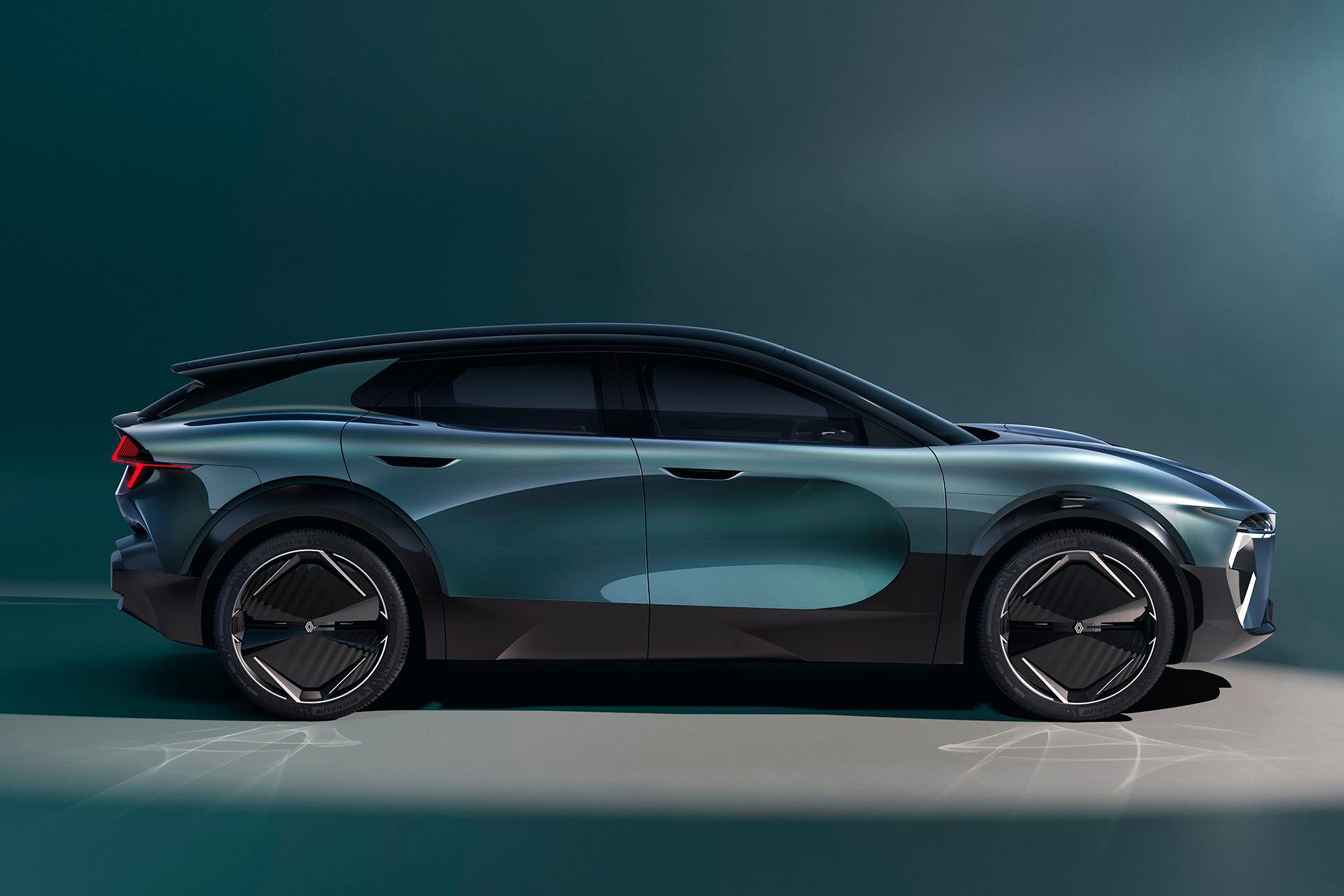
The new Renault Embleme concept, revealed at the Paris show, is an example of the company’s latest styling ethos. It features aero-optimised bodywork, and a minimalist interior. The Embleme is also moved by an FCEV powertrain.
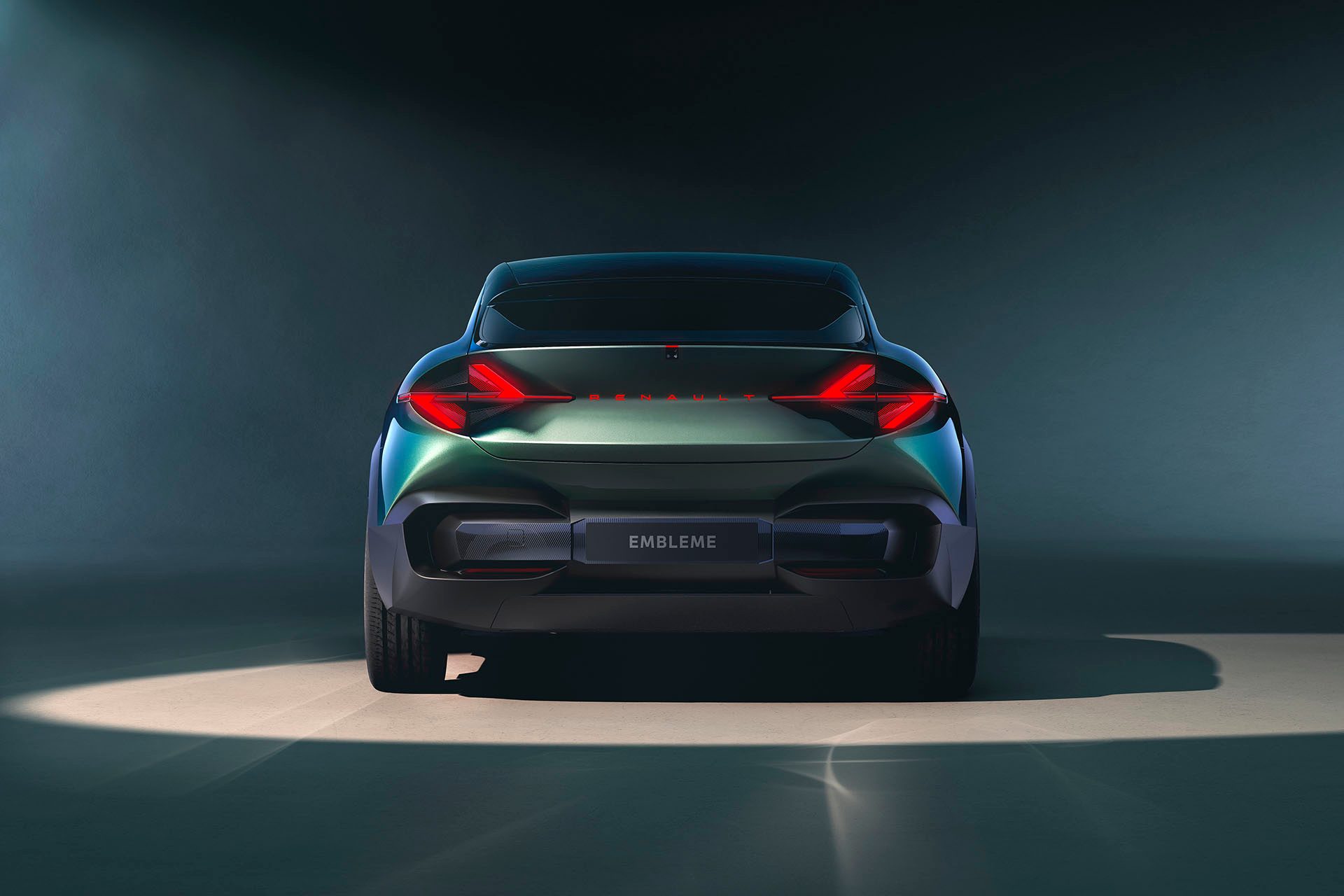
A production version of the EV will be amongst the first of the new-generation vehicles to arrive. It will ride on a new C-segment platform unrelated to the Ampere platform underpinning 4, 5, Mégane and Scenic vehicles.
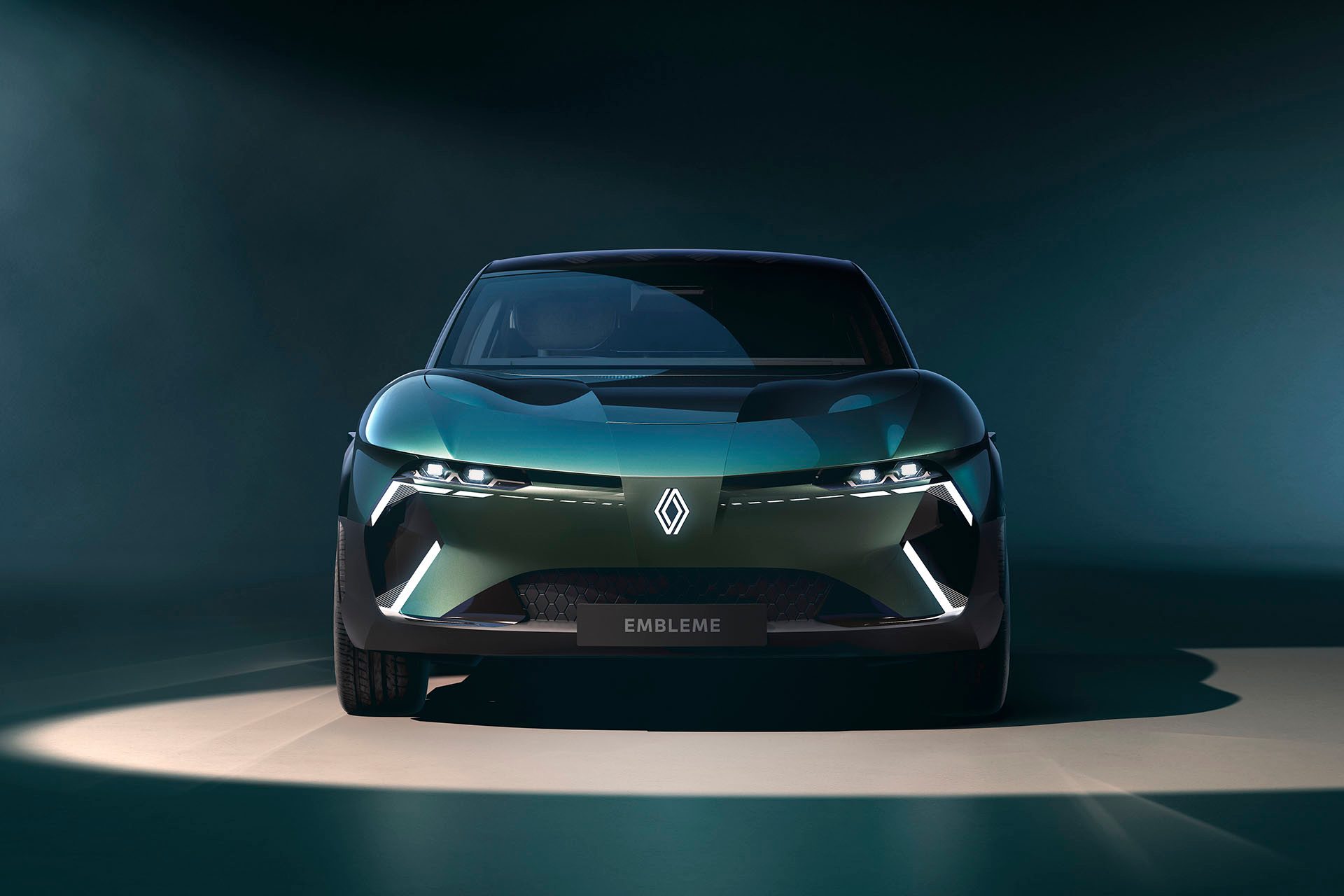
Renault boss, Luca De Meo, confirmed that EVs are a major part of the company’s future. He said it is where growth will eventually happen for the automotive industry in Europe. An EV has a lower carbon footprint than an ICE alternative over its life. In the case of Renault’s EVs it will be 70 per cent smaller by 2030. He added that EVs are already cheaper than ICE cars from a total cost of ownership perspective. Work to increase battery energy density, reduce production costs and make cars more efficient will only widen that disparity.
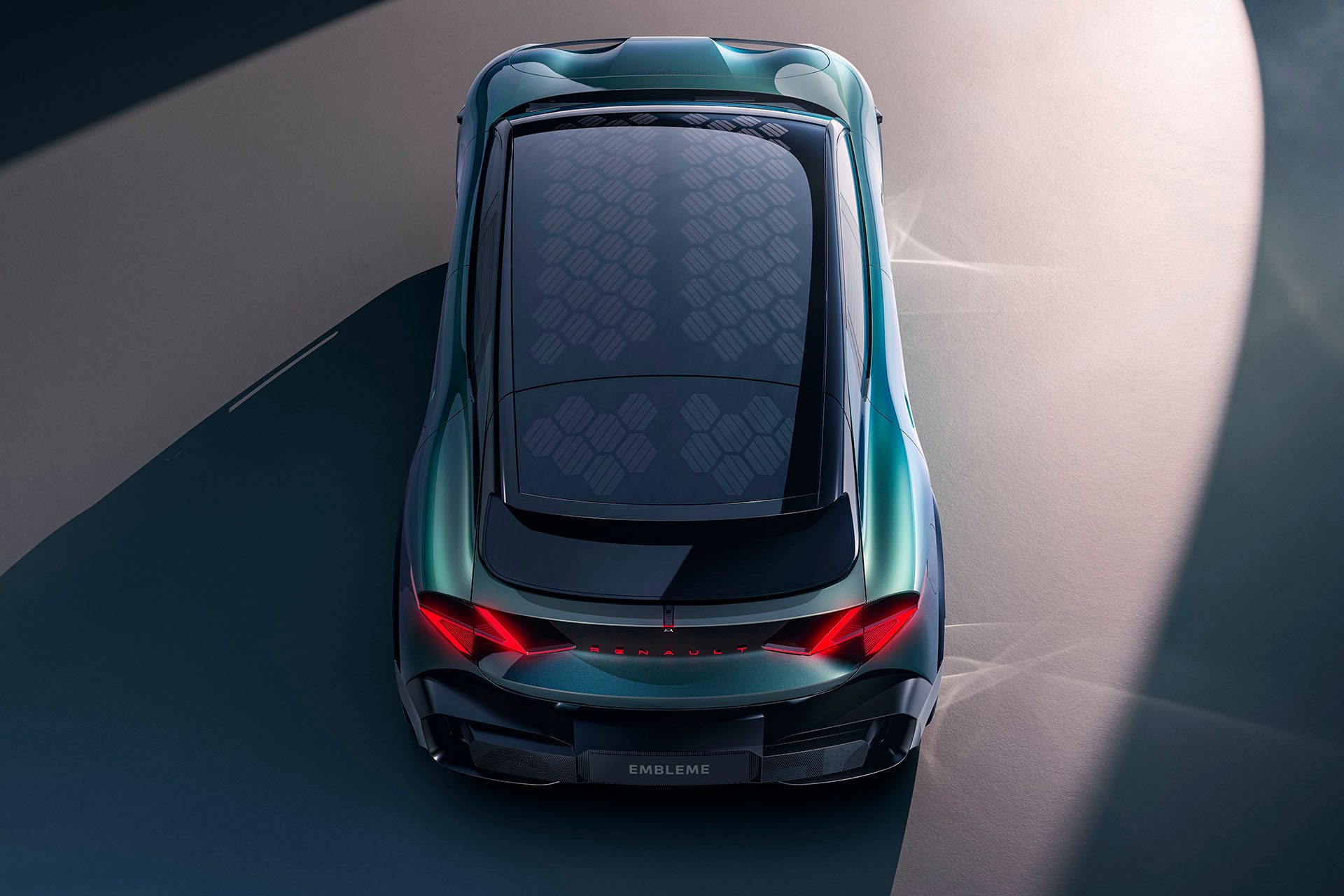
Next-gen batteries will combine the energy density of NMC with the cost and safety of LFP chemistry along with a 15-minute recharge time. From 2026, Renault will swap its mainstream EV batteries from NMC to LFP, saving 20 per cent in costs while not impacting range.
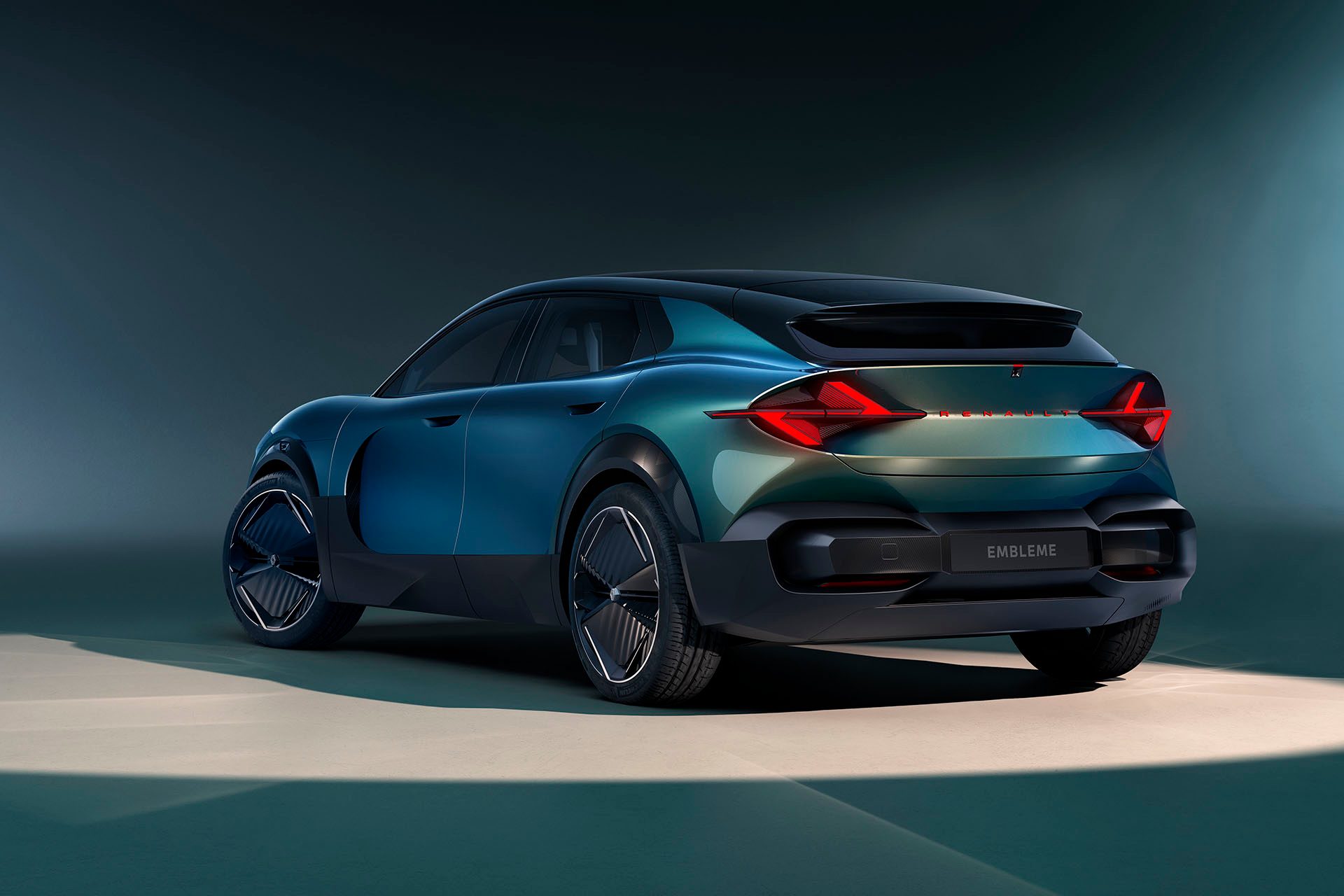
The company believes it will be able to halve battery cost by 2028 compared with now, when it introduces a cobalt-free cathode and a silicon anode. This gives the energy density of NMC at the cost of LFP and improved safety. It also offers much quicker charging times.
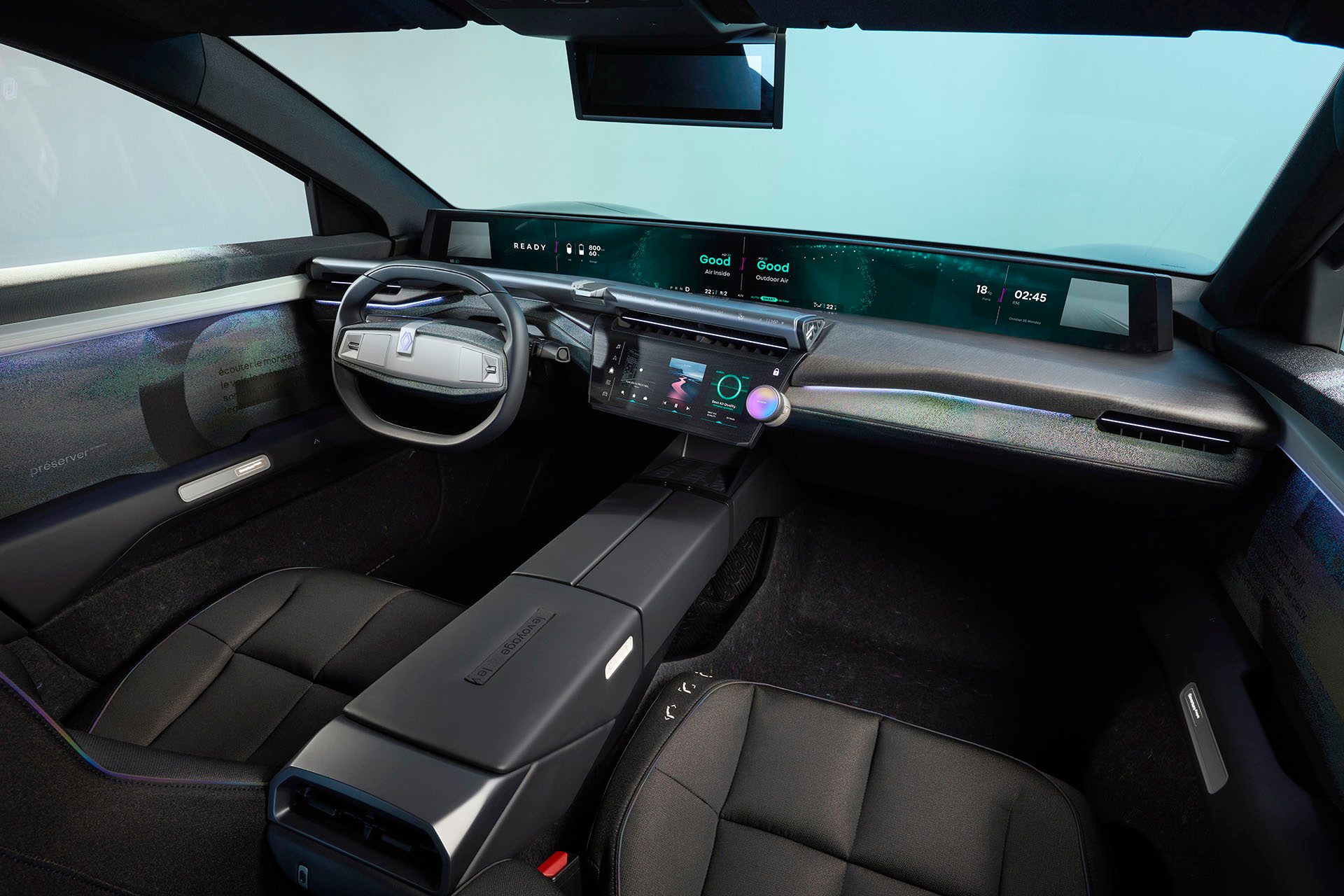
In the medium term, Ampere will look to double the energy density of its NMC packs by replacing the silicon anode with a lithium metal alternative, the “building block” for solid state technology.
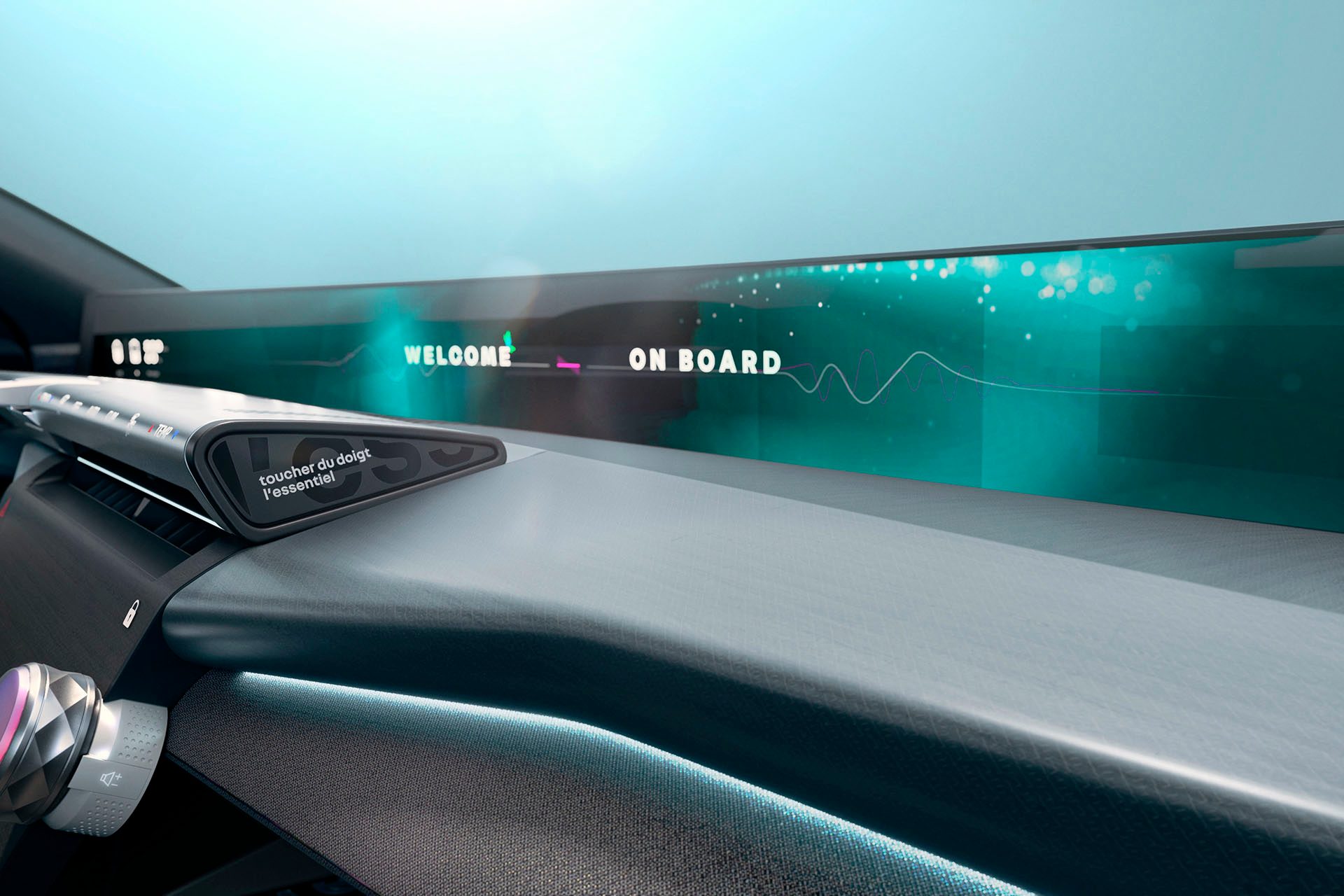
The way the battery is encased and mounted in the chassis Ampere says is 25-40 per cent of a battery’s cost. It wants to halve that by 2028.
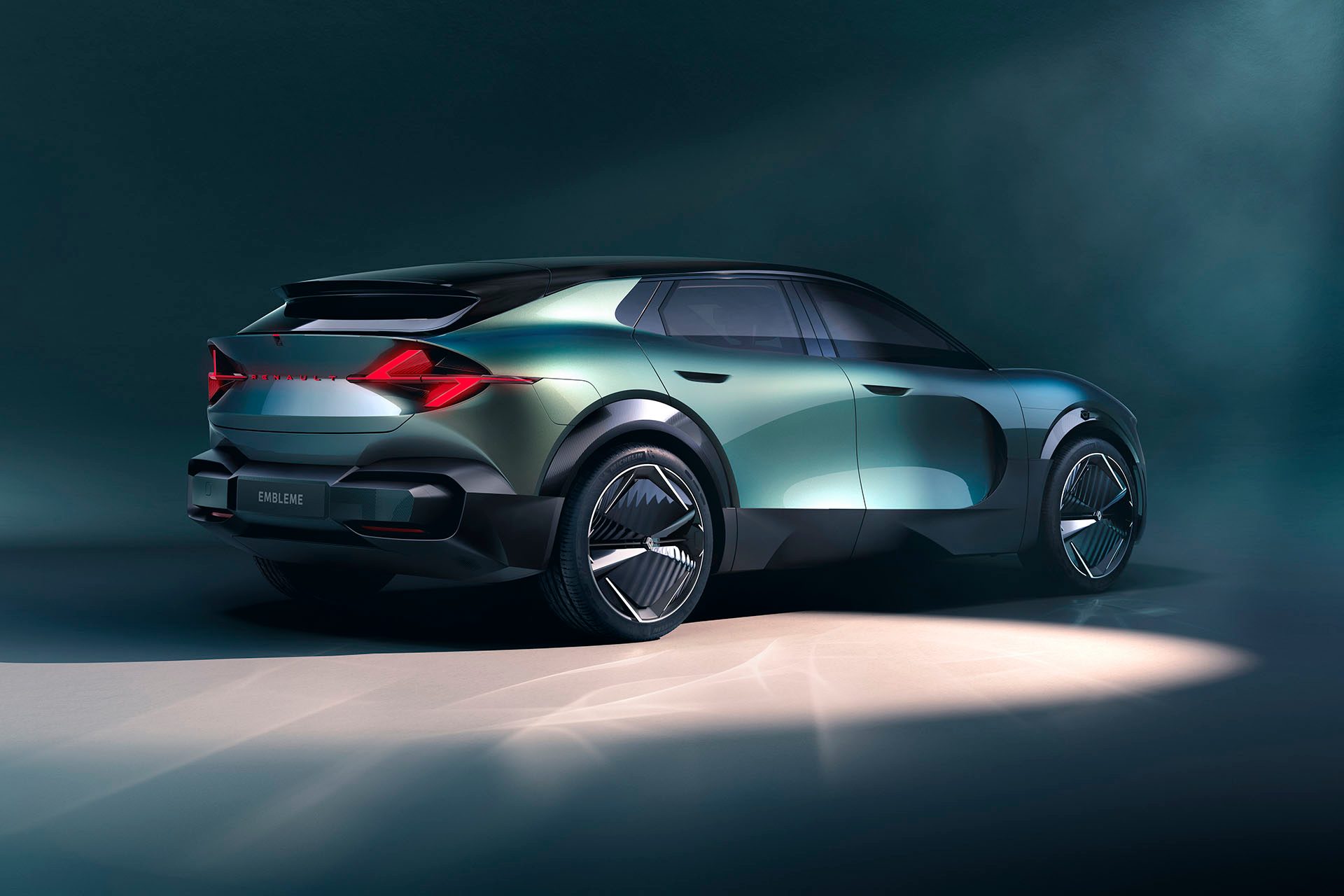
Renault is hoping to reduce its carbon footprint significantly.
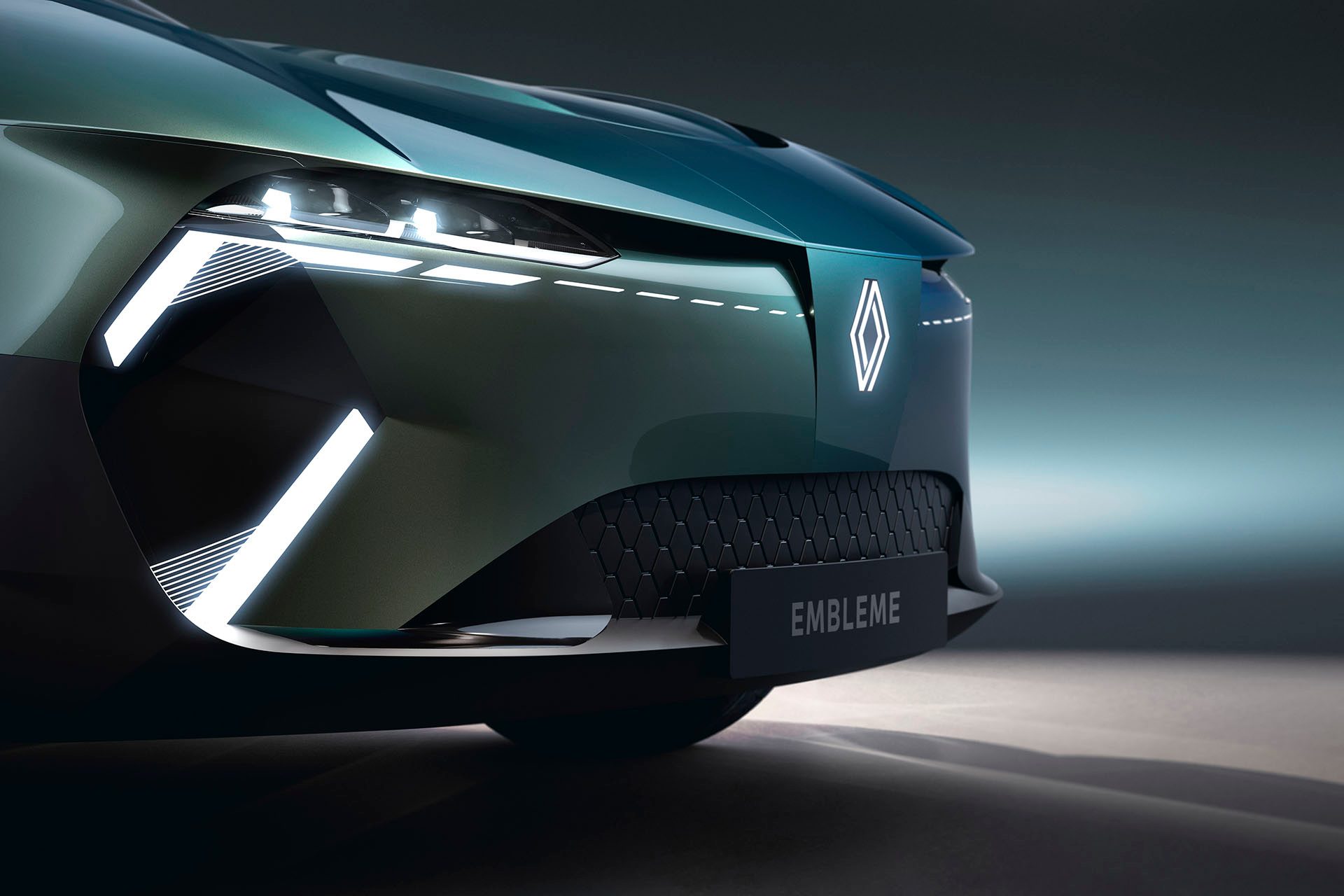
Its Emblème concept should have a lifecycle of 15 years or 200,000km while its carbon footprint is a projected five tonnes. That compares with 50 tonnes for a petrol-powered Captur.


